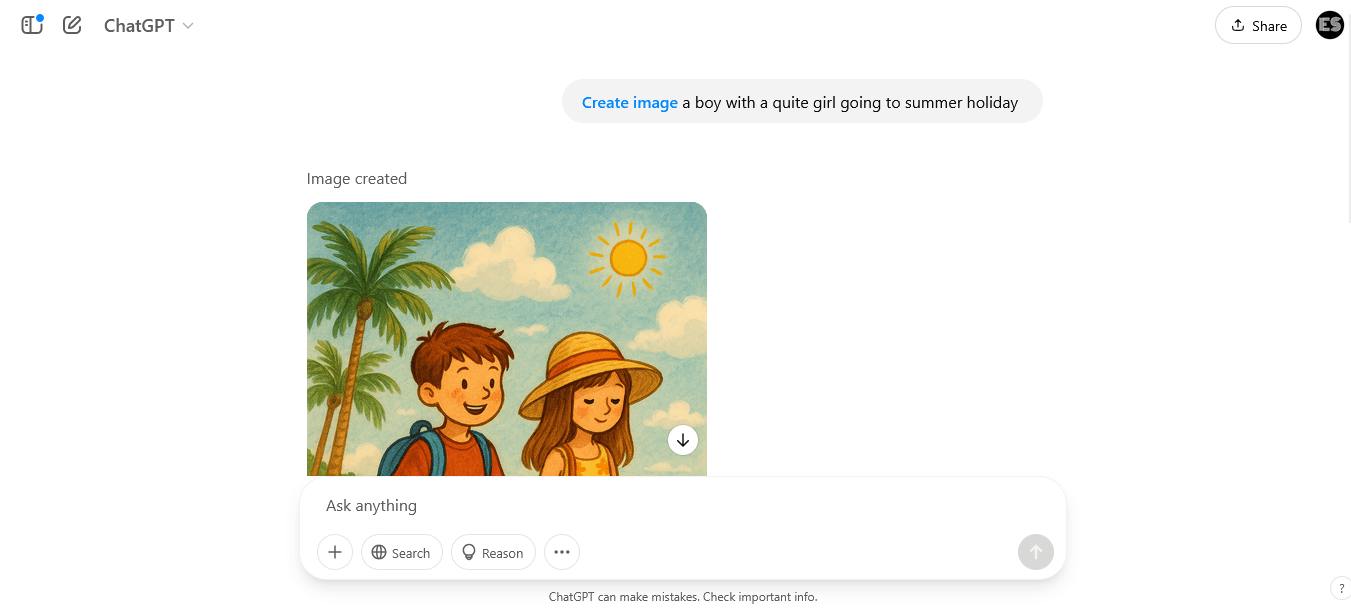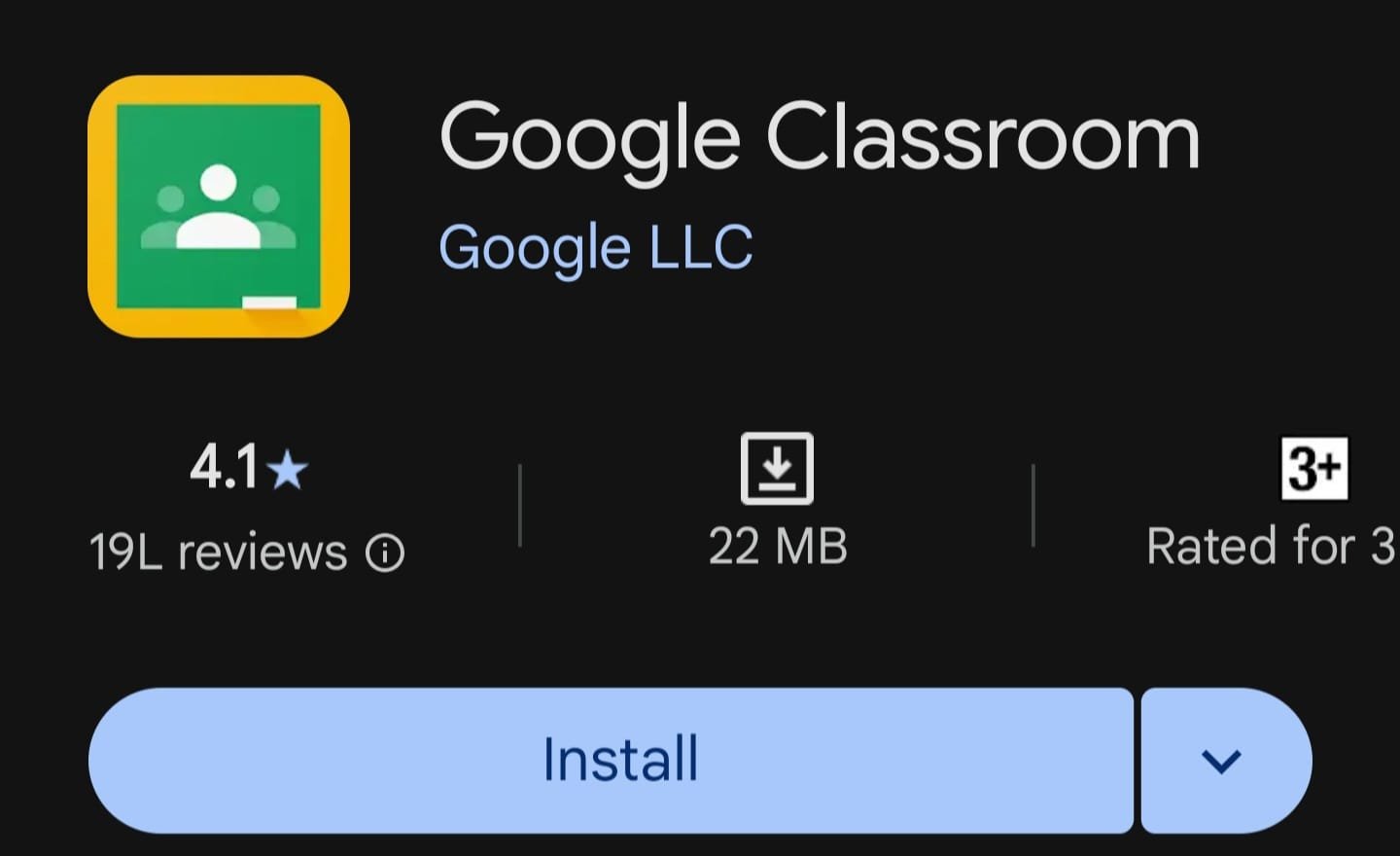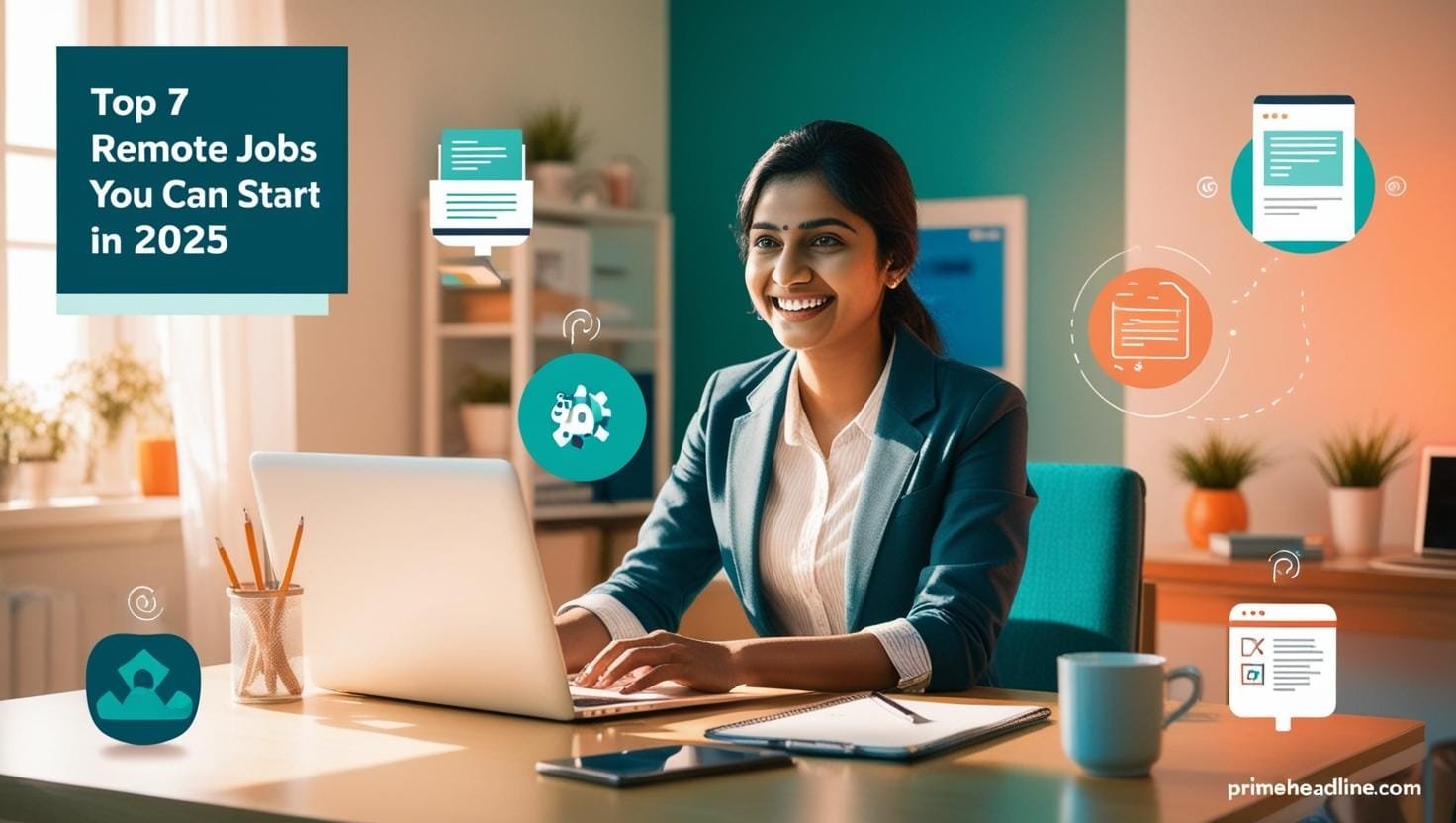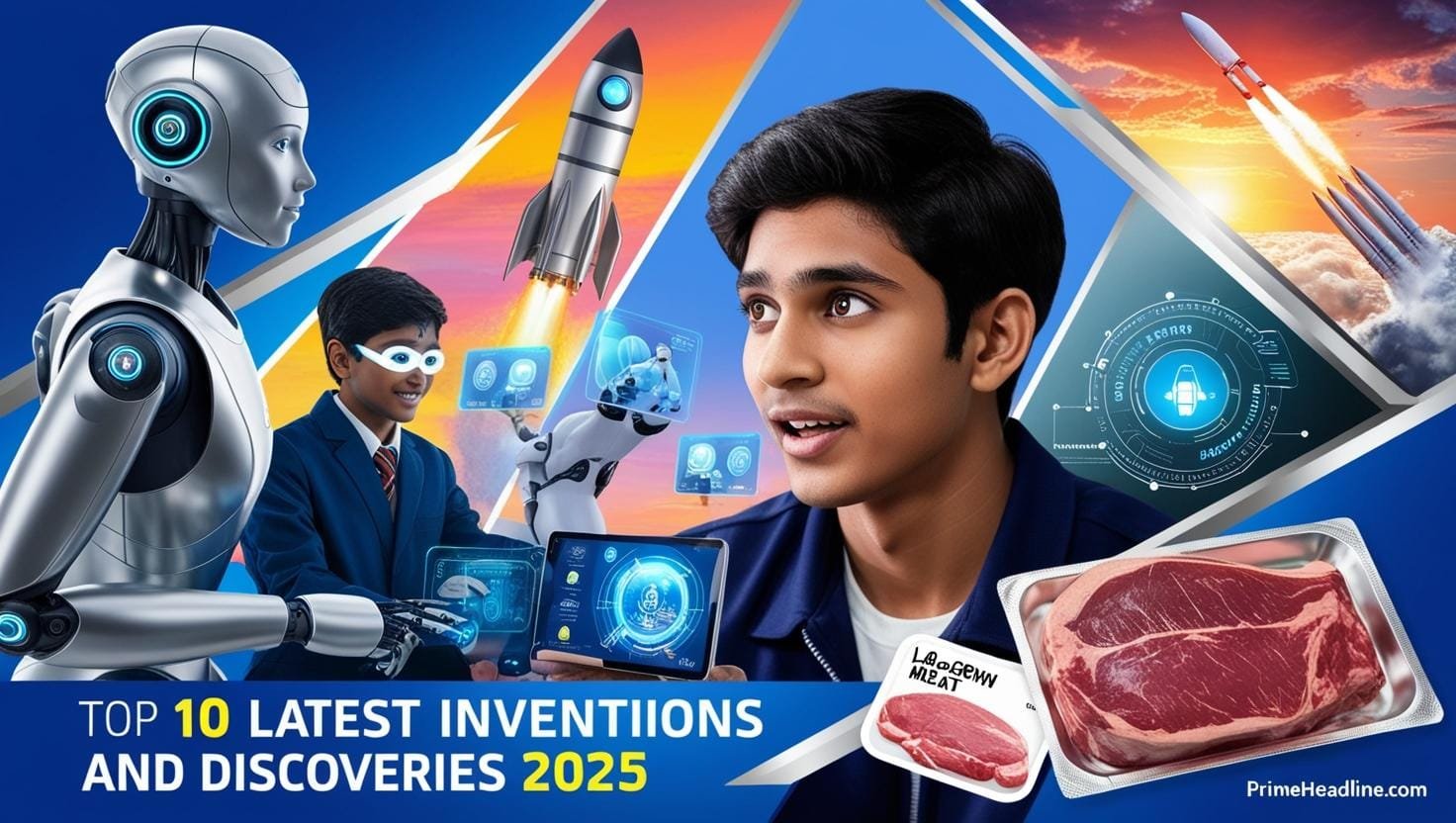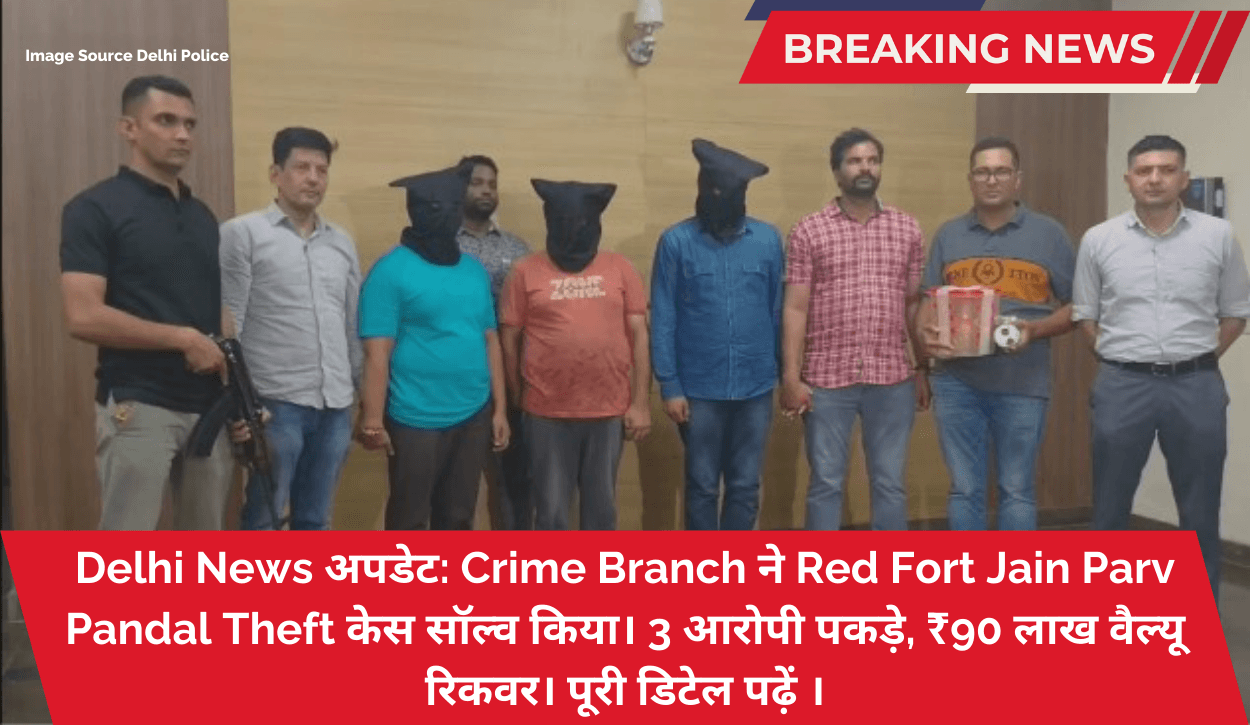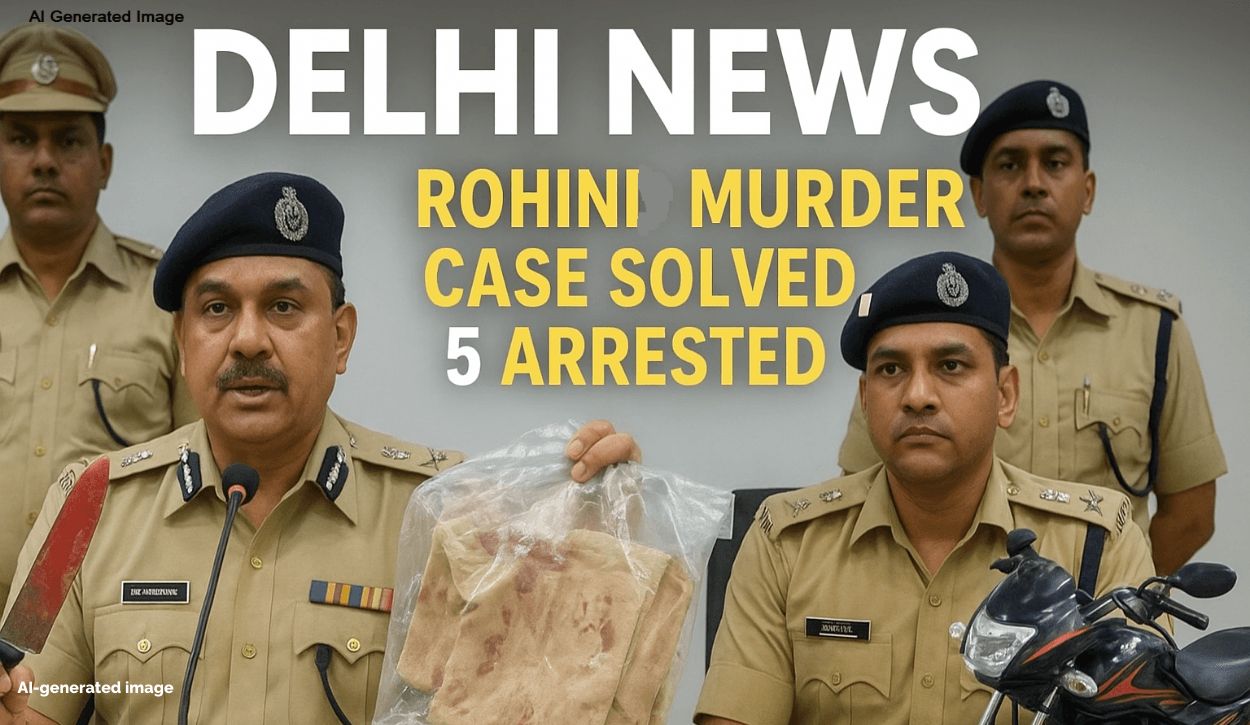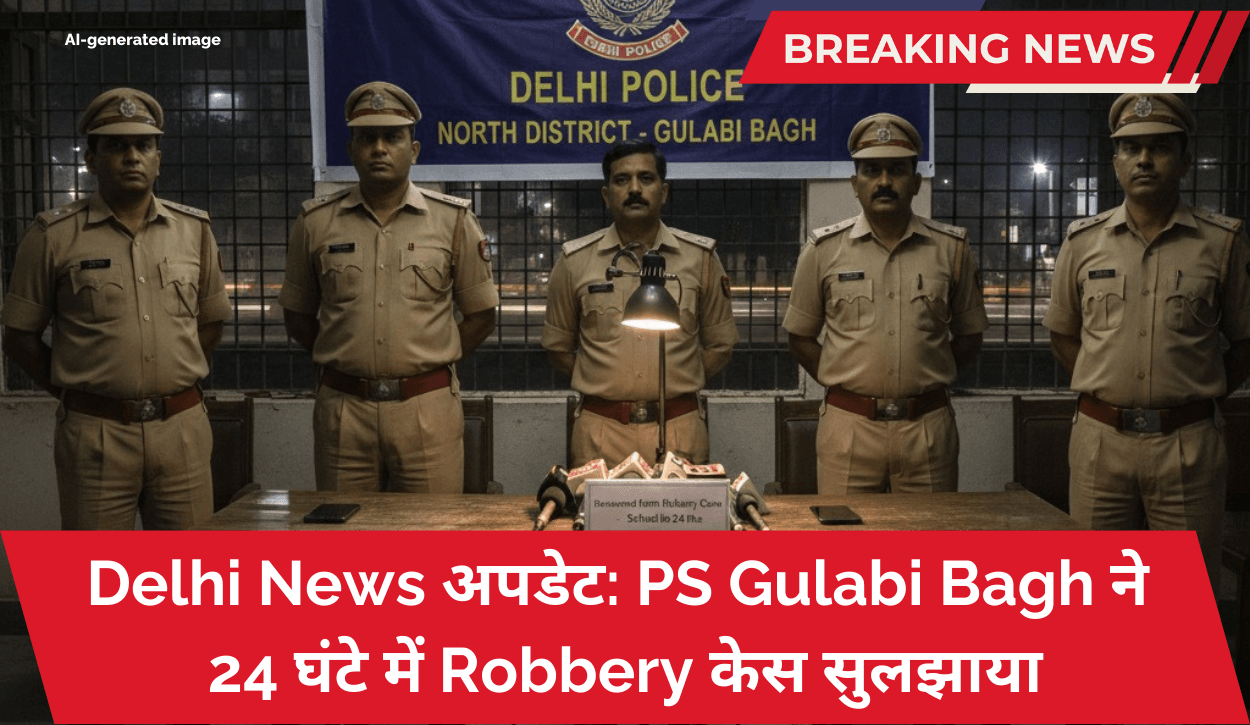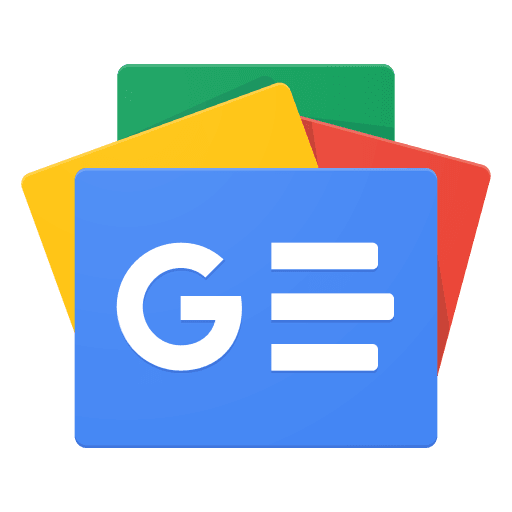OpenAI’s Ghibli-Style Image Generator Goes Free for All Users After Viral Surge
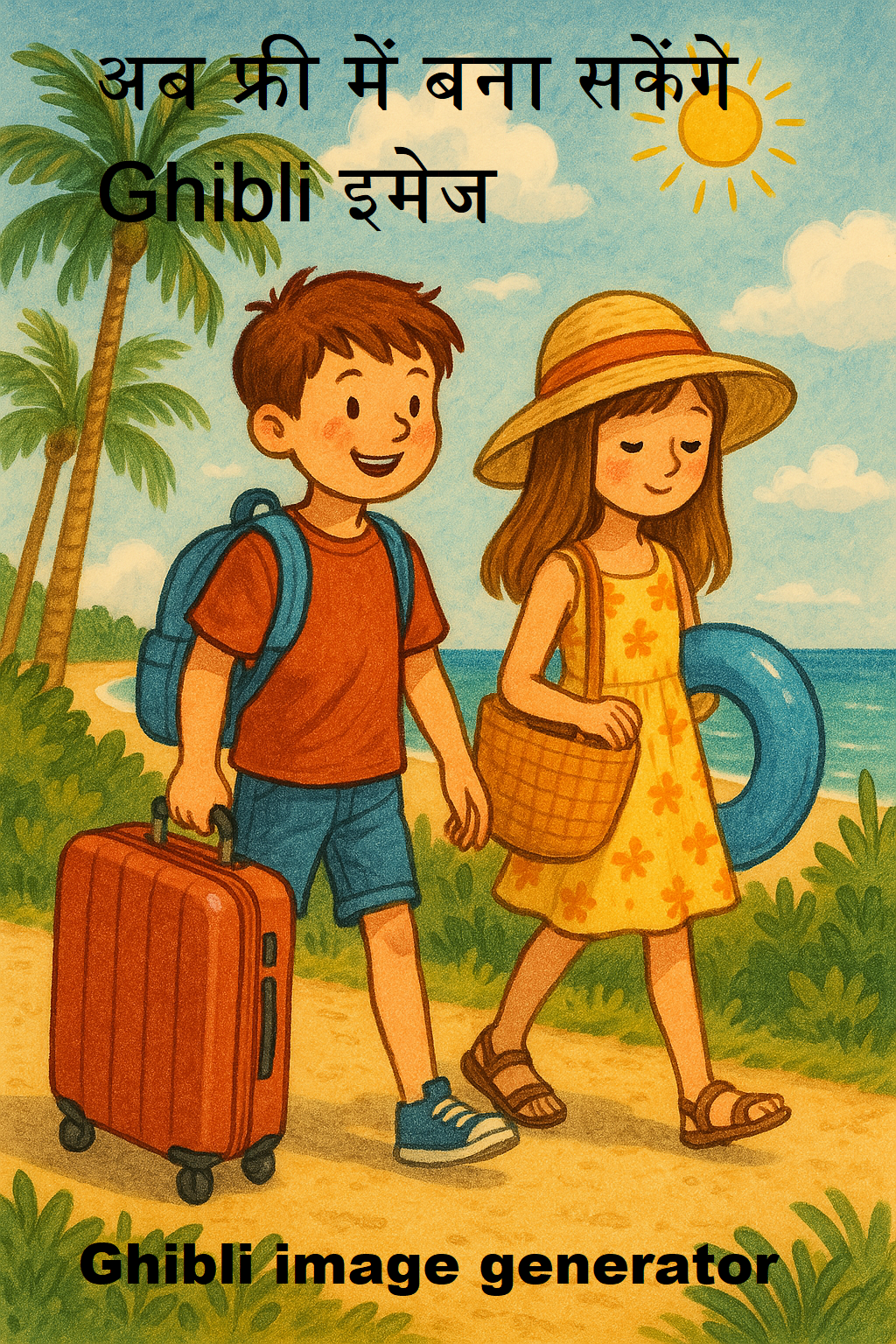
In a groundbreaking move, OpenAI CEO Sam Altman has announced that the platform’s highly popular Ghibli-style image generation tool, introduced via ChatGPT, will now be available to all users for free. This decision follows an overwhelming response to the newly launched GPT-4o image generator, which went viral within hours of its release last week, testing the limits of ChatGPT’s servers.
Table of Contents
From Launch to Chaos: The GPT-4o Frenzy
Last week, OpenAI unveiled its GPT-4o image creation tool, designed to let users generate whimsical, Studio Ghibli-inspired artwork through simple text prompts. However, the feature’s popularity skyrocketed almost instantly. By the second day of its launch, the platform was flooded with a deluge of user requests, leading to unprecedented server pressure. Social media platforms, particularly X (formerly Twitter), were soon buzzing with AI-generated Ghibli-style landscapes, characters, and scenes, amplifying the tool’s virality.
Sam Altman’s Plea: “Let Our Team Sleep!”
The sudden surge in demand left OpenAI scrambling to manage server capacity. Overwhelmed by the influx, CEO Sam Altman took to X on Sunday with a lighthearted yet earnest appeal: “We’re thrilled by the love for GPT-4o, but kindly slow down—our team needs some sleep!” His post highlighted the challenges of balancing user excitement with technical sustainability.
By Monday, Altman followed up with a major update: the Ghibli image generator would no longer be a paid or limited feature. “ChatGPT’s image generation is now free for everyone,” he declared, signaling OpenAI’s commitment to democratizing access to cutting-edge AI tools.
Why the Tool Struck a Chord
The GPT-4o image generator’s appeal lies in its ability to transform simple text prompts into enchanting, Ghibli-esque visuals—think lush forests, floating islands, and charming animated characters. Its rapid adoption underscores the growing public fascination with AI-driven creativity. However, the frenzy also exposed the hurdles of scaling AI infrastructure to meet sudden demand spikes.
What’s Next for OpenAI?
While the free access announcement has been celebrated, it raises questions about how OpenAI will manage long-term server costs and maintain performance standards. The company has yet to clarify whether the move is permanent or part of a phased rollout. For now, users can experiment with the tool without restrictions, though Altman’s team continues to monitor system stability closely.
The Bigger Picture
OpenAI’s decision reflects a broader trend in the AI industry: making advanced tools accessible to the masses while navigating technical and operational growing pains. As AI continues to reshape creative fields, the balance between innovation, accessibility, and infrastructure resilience remains critical.
For users, this means one thing—unleashing their inner Miyazaki is now just a prompt away.

